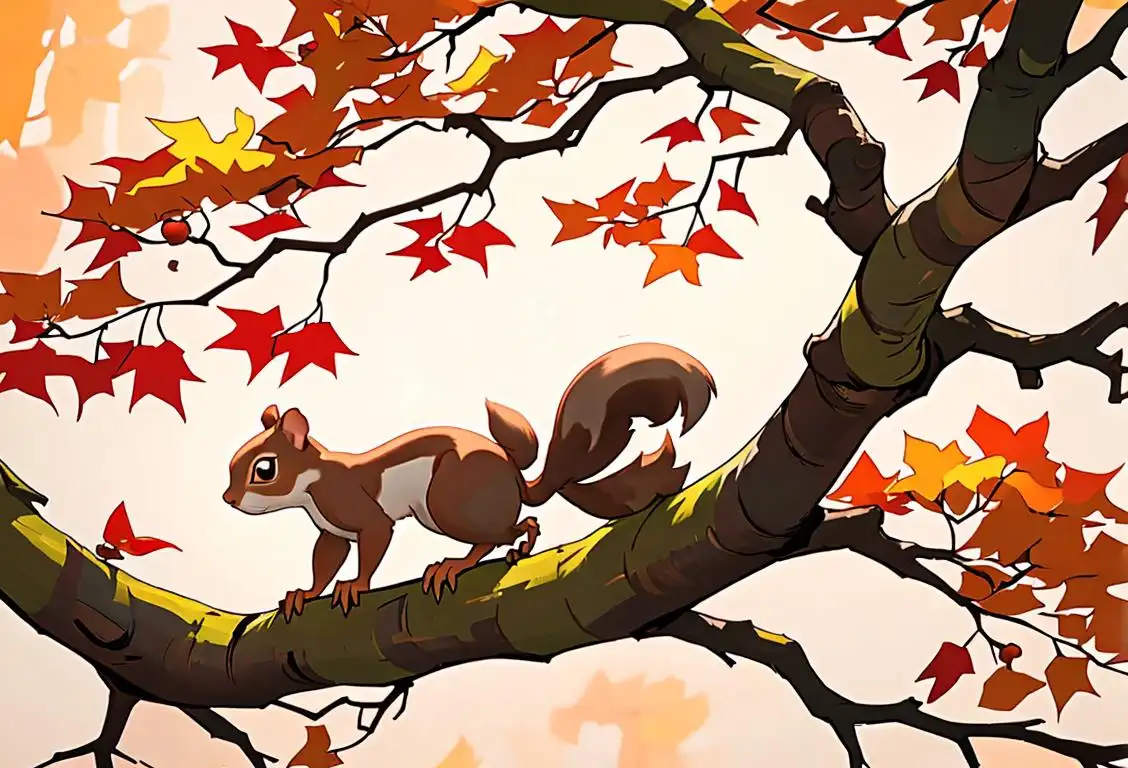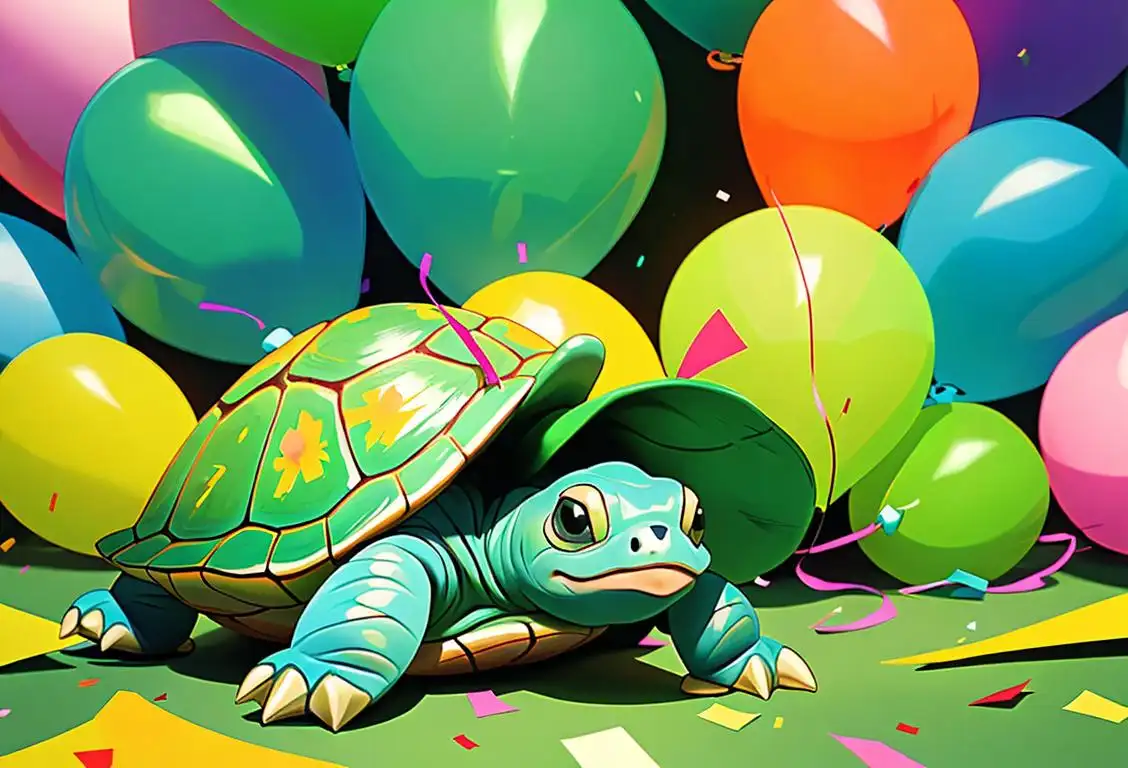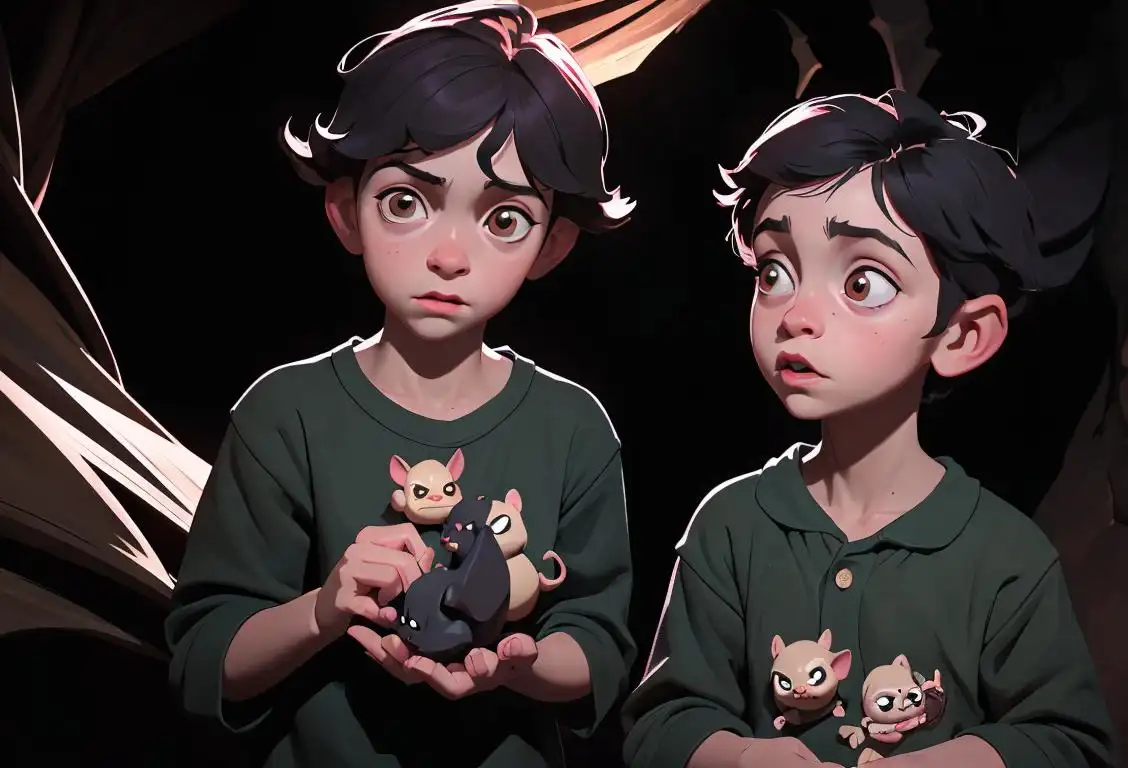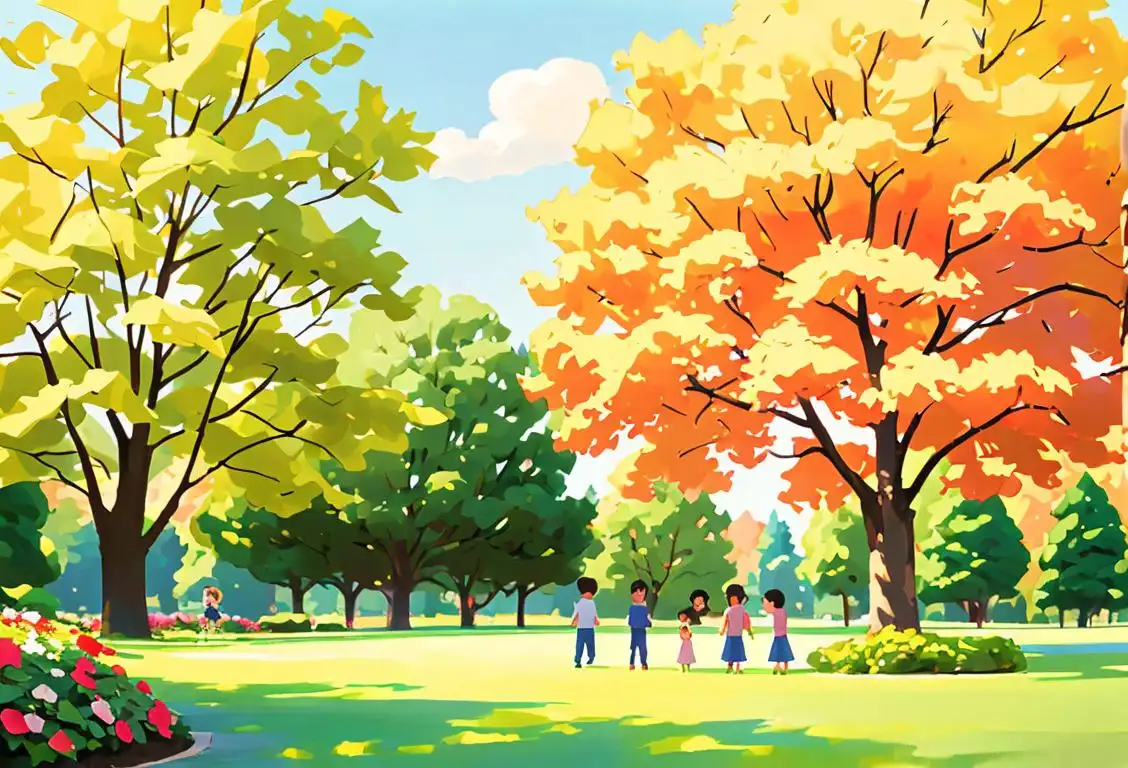National Spider Day
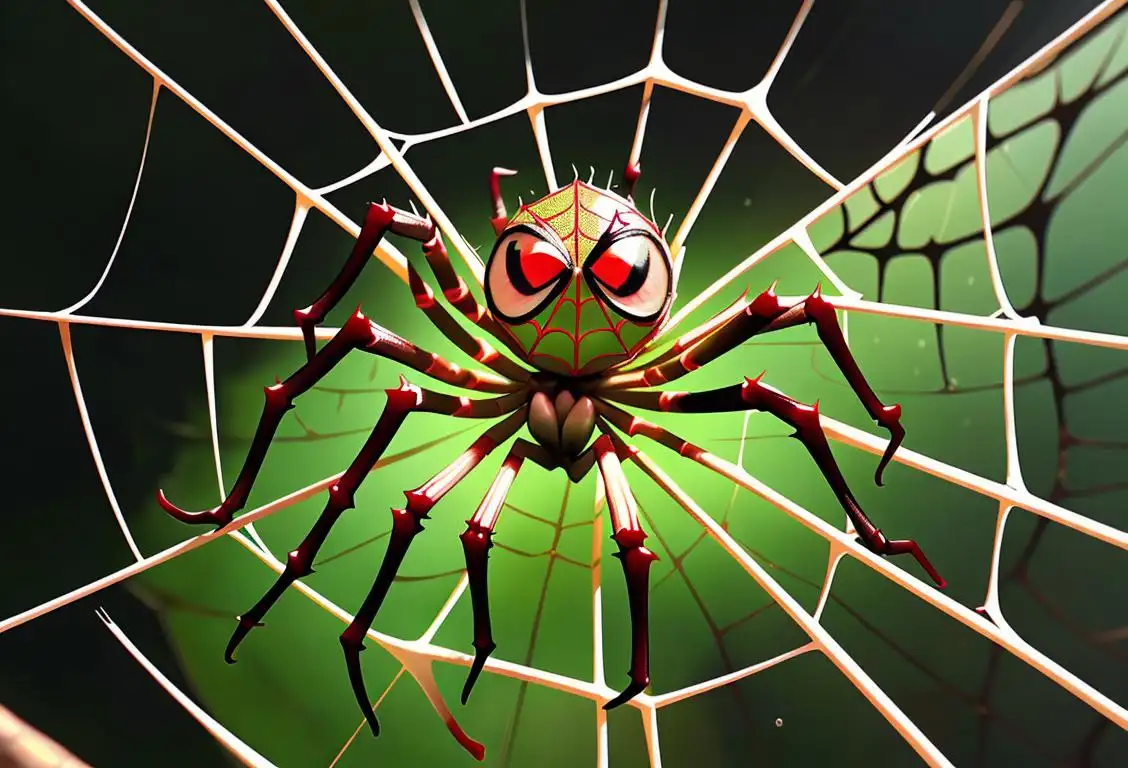
Welcome to the fascinating world of National Spider Day! Prepare to be caught in a web of excitement and intrigue as we delve into the enthralling history of these eight-legged wonders.
When is Spider Day?
It's national spider day on the 14th March.
Web-slinging Wonders: The Internet History of National Spider Day
Every year on this special day, arachnid enthusiasts gather to pay homage to these remarkable creatures. But how did National Spider Day come to be? Let's spin a tale about its internet origins.
B
ack in the early 2000s, long before memes and cat videos ruled the web, a small group of spider enthusiasts formed an online community known as 'Spinners Unite' (yes, that's not a joke, it really existed). They shared their love for spiders, documenting rare sightings, and exchanging tips on spider care.
It didn't take long for the community to catch the attention of the wider internet. Their dedication and knowledge were admired by many, and soon, people from all walks of life joined the conversation. From aspiring entomologists to those just curious about the eight-legged wonders, National Spider Day became a unique occasion to explore the marvels of the arachnid world.
The Joy of Spider Discovery
Spiders may seem creepy to some, but they play a vital role in our ecosystem. From weaving intricate webs to hunting down pests, these arachnids often go unnoticed until National Spider Day rolls around. Suddenly, spider enthusiasts emerge from every corner, ready to share their favorite spider facts, species identification hacks, and stunning spider macro photography.
It's a day of learning, appreciation, and laughter, as people embrace the adorable tarantulas, the aptly named jumping spiders, and even the mysterious trapdoor spiders. The internet becomes a treasure trove of spider knowledge, as articles, videos, and memes flood our screens.
Arachnophobia or ArachniLOVEia?
While National Spider Day celebrates all things arachnid, it also offers an opportunity to address one glaring issue: arachnophobia. For many, the fear of spiders is no joke, but don't worry, we're not here to scare you.
This day also serves as a platform to spread awareness about arachnophobia and help people overcome their fears. Communities provide support and share coping mechanisms, such as exposure therapy or simply understanding that spiders are more afraid of us than we are of them (although some of them can give you a little jump when they suddenly appear in your shoe).
On National Spider Day, you'll find heartwarming stories of triumph over fear as people share their personal experiences of conquering arachnophobia.
Did You Know?
O
n National Spider Day, did you know that spiders are excellent engineers? Some species, like the orb-weaving spiders, create intricate web designs that inspire human architects. The strength and flexibility of spider silk have even caught the attention of researchers, who are exploring the potential applications of this remarkable material in fields such as medicine and technology.
History behind the term 'Spider'
13th century
Arachnids in Literature
The term 'spider' originates from the Old English word 'spithra,' which was used to refer to creatures that were similar to spiders. The first known literary usage of the term can be traced back to the 13th century in the Middle English poem 'The Owl and the Nightingale.'
16th century
Etymology and Evolution
In the 16th century, the word 'spider' was derived from the Middle English term 'spyder' and then evolved from the Old English 'spithra.' The term has been used throughout history to enumerate various species of arachnids that share certain characteristics, including multiple eyes, eight legs, and the ability to produce silk.
1735
Carl Linnaeus and Taxonomy
Swedish botanist Carl Linnaeus, known as the 'father of modern taxonomy,' classified spiders as a distinct order within the animal kingdom in his influential work 'Systema Naturae' published in 1735. He named this order 'Araneae,' which is derived from the Latin term for spider.
1787
First Scientific Description
Charles Bonnet, a Swiss naturalist, provided the first detailed scientific description of a spider species in 1787. His work, 'Essai de Psychologie,' examined the behaviors and characteristics of spiders. This marked a significant step in the scientific understanding and study of spiders.
1832
First Use in Photography
The term 'spider' even found its way into photography in 1832 when William Henry Fox Talbot, an English scientist and photography pioneer, used it as a metaphor. He compared the intricate construction of a camera tripod to a spider's web, describing its delicate and precise nature.
20th Century
Cultural Symbolism
Spiders have captured the imagination of many cultures worldwide, taking on a range of symbolic meanings. In some cultures, spiders represent patience and resourcefulness, while in others, they are associated with mystery and intrigue. The mythical figure of Spider-Man, created by Stan Lee and Steve Ditko, became an iconic superhero in comic books, further solidifying the spider's cultural impact.
Did you know?
Did you know that spiders are excellent engineers and some of their silk inspires human architects?Tagged
awareness fun nature scienceFirst identified
14th March 2017Most mentioned on
14th March 2017Total mentions
46Other days
Spider Day
Badger Day
Public Lands Day
Squirrel Appreciation Day
Turtle Day
Dna Day
Stem Day
Bat Appreciation Day
Tree Planting Day
Arbor Day


